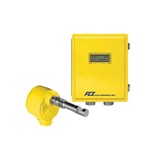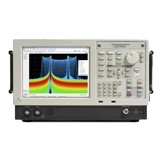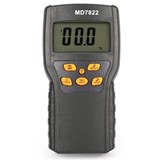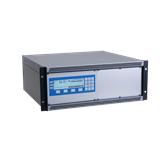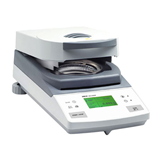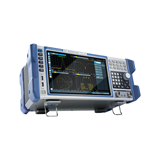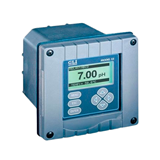Common Applications
Moisture management is critical to many industries and as a result moisture detecting devices are quite versatile in their applications.
- Building industry - Moisture meters are essential for measuring moisture levels in building materials especially concrete, wood and roofing, allowing the detection of leaks, burst pipes and water seepage underground.
- Natural gas industry - Moisture analysers can detect water content within gas tanks and containers.
- Food industry - Using moisture analysers to detect moisture at various stages in the production process ensures that food items have the correct proportions of water content so as not to impact their shelf life, taste and caloric content.
- Wastewater industry - Sewage sludge may be converted into a fuel but only if its moisture content is within a certain range; hence, moisture analysers play a critical role in gauging whether the sludge is dry enough to be used for this purpose.
- Pharmaceutical manufacturing - Excipients, which are the substances used to dilute or otherwise contain pharmaceutical drugs, are tested with moisture analysers to ensure they have acceptable water content.
- Petrochemical industry - Water presence in crude oil and fuels dilutes them and erodes their value, and moisture analysers are essential to maintain appropriate moisture levels.
Meter vs Analyser
It is important to understand the difference between the two devices primarily used to detect moisture.
- Moisture meters are generally handheld devices with pins that can be inserted into surfaces or corners, making them suitable for inspecting for water under carpets, in corners and within floorboards of houses.
- Moisture analysers calculate the moisture present within a sample by drying it first, and then using the difference in the sample’s weight to determine the percentage of the undried sample that is water mass. This method is known as the loss on drying technique. For this to occur, an analyser requires both a heating element as well as a balance or scale to weigh the sample. As measurements can be obtained within minutes, using a moisture analyser is a cost-effective and efficient means of measuring moisture content.
Types of Meters
Pin-type moisture meters determine moisture content over a limited space by measuring the electrical resistance between the two heads, which allow the depth of the reading to be varied.
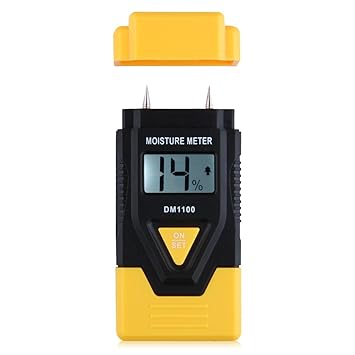
Pinless meters rely on radio waves to scan a larger surface, and allow readings to be obtained more quickly compared to pin-type meters.
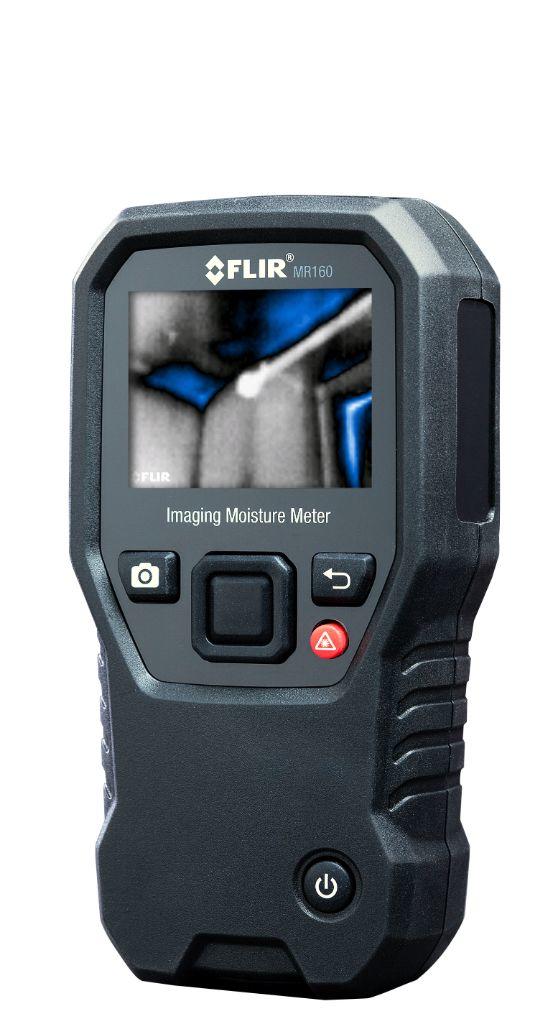
All-in-one meters combine the features of the pinned and pinless variants, facilitating accurate readings in smaller sections of the material as well as broader measurements of the entire surface.
Use and care
Both moisture meters and analysers are relatively simple to use; moisture meters can be applied directly to a material with or without pins to acquire a reading, while moisture analysers simply require a sample of the entire substance or material to be measured. Each device has unique instructions for operations, and these vary between different manufacturers.
While moisture meters may not require much cleaning to maintain, it is vital to keep moisture analysers clean to ensure the accuracy of their readings is not compromised. Dust, dirt and foreign particles on the sample plate can all interfere with the moisture content of a sample, as can any other liquids or wet substances present. It is recommended to wash the components of the analyser separately and using mild cleaning agents.
Features to look for
Moisture Meters
- Pinned vs Pinless: As pinned moisture meters pierce the surface of a material to make a measurement, holes are created each time a reading is made. These holes gradually blemish the material and may reduce the appearance of furniture and floorboards. Pinless meters, on the other hand, will not damage an object’s surface.
- Variable-Depth Readings: Pinned meters measure moisture at the depth at which the pins penetrate the material, and varying this depth by extending or retracting the pins, or replacing the pins entirely enables readings to be made over a larger range of depths.
- Moisture Range: The acceptable range of moisture content for a material varies depending on industry and purpose; some moisture meters can only accurately detect moisture levels upwards of 20-30% while others read concentrations smaller than 0.001% (ppm).
Moisture Analysers
- Halogen Heating Element: Promotes faster heating and drying of samples.
- Custom Heating Profiles: Some moisture analysers allow their heating rate to be adjusted, and preset profiles to be memorised for future use
Here are some of the moisture meters & analysers available from IndustrySearch suppliers
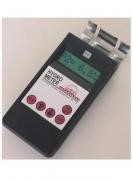 |
Universal Moisture Meter | Model DM4A (IDM Instruments)Key features
|
 |
Moisture Meter - FLIR MR77 (OBIAT Electronics)Key features
|
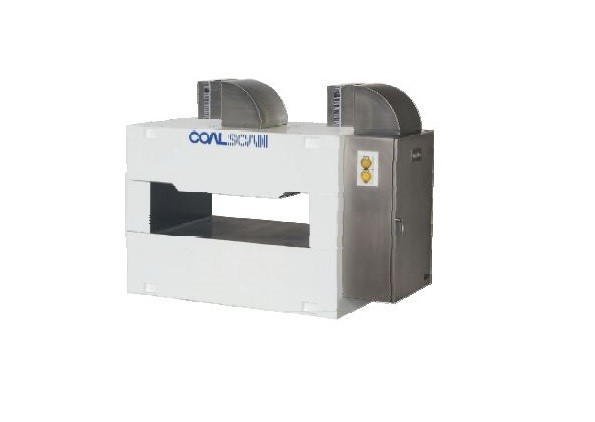 |
Online Coal Ash and Moisture Analyser | COALSCAN 9500X (SCANTECH)Key features
|
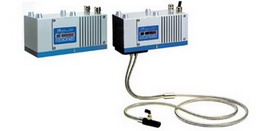 |
Moisture Measurement Infrared Multi-Frequency (ECEFast)Key features
|


